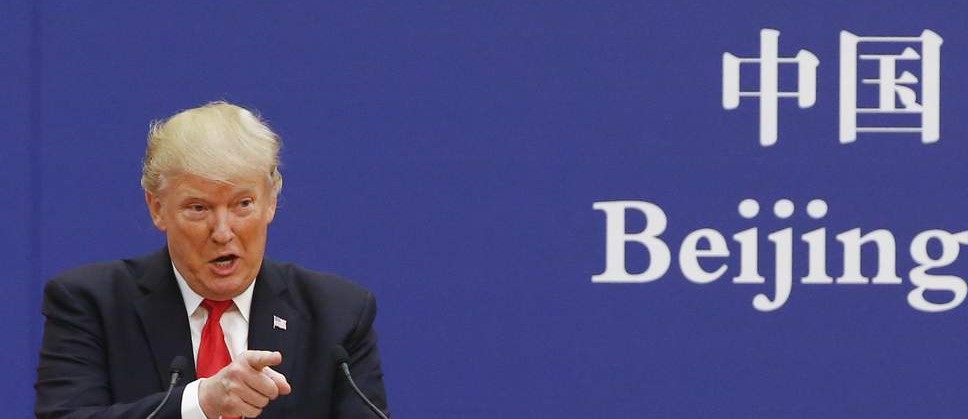The cost of Trump’s technology tariffs
December 16, 2018 | Expert Insights

U.S. companies paid $1 billion more in tariffs on technology products imported from China in October than a year earlier, as new duties imposed by the Trump administration took effect.
Background
President Trump’s protectionist trade policies seem to overlook the economic history of the country. Trump has raised concerns about a full-blown trade war by targeting Chinese imports. After months of rhetorical exchanges between Washington and Beijing, the imposition of the new import taxes makes real a conflict that has rattled markets, scrambled corporate supply networks and chilled business investment.
In May 2018, the White House announced tariffs on Chinese high-tech goods “containing industrially significant technology.” This decision was a response to “China’s unfair trade practices related to the forced transfer of American technology and intellectual property,” the Office of the United States Trade Representative said in a statement.
In July 2018, the White House announced plans to stick 25% tariffs on 1100 Chinese goods. China is not happy about this, and Beijing has vowed to retaliate with the same value: 25% tariffs on US products worth $34 billion per year. Each side has threatened further tariffs on the other and tensions continue to escalate, sparking fears of an all-out ongoing global trade war
China on 11th July 2018 took “countermeasures” after the United States announced 10% tariffs on an extra US$200 billion worth of Chinese imports. the proposed US duties on $200 billion worth of Chinese imports could take effect after public consultations end on August 30.
Analysis
US President Donald Trump has imposed tariffs on $250 billion in Chinese imports since early July 2018. The duties have been implemented in three tranches, the latest of which applied to $200 billion in goods and took effect Sept. 24.
American companies have paid close to $1 billion more in tariffs on technology products imported from China in October than a year earlier. The tech industry has also paid $122 million more on 5G-related imports alone in October; in contrast, this time last year the industry paid very low tariffs – $65,000.
The tariff costs rose more than seven-fold to $1.3 billion, as the world’s two biggest economies became embroiled in a trade war, according to data provided by the Consumer Technology Association and analysed by consulting firm The Trade Partnership.
A new round of talks between the two governments has raised hopes of a lasting truce. After Trump met President Xi Jinping in Buenos Aires on Dec. 1, the U.S. agreed to put off raising the tariff rate on the $200 billion of imports from 10 percent to 25 percent. U.S. Trade Representative Robert Lighthizer is leading talks to reach a deal on “structural changes” to China’s economy by March 1.
Technology products now subject to higher tariffs include everything from printed circuit boards to computer servers and vacuum cleaners. Apple Inc. has so far avoided tariffs on popular products it manufactures in China such as the iPhone and Apple Watch.
The tech industry – responsible for 10 percent of U.S. GDP and more than 15 million American jobs – has already been dealt an enormous blow by tariffs this year.
Nearly 70 percent of tariffs paid by the tech industry come from the $200 billion product list – enacted Sep. 24 2018 – for which the industry has spent $800 million more in tariffs compared to a year ago.
It remains to be seen if President Trump made the right decision to pause the tariff rate at 10 percent, while the administration negotiates with China. However, the cost of current tariffs remains an issue, and the uncertainty of potentially more tariffs combined with export controls is a real threat to American industry and to maintaining U.S. global leadership on 5G innovation.
China also imports around $130 billion worth of American-made goods each year. Although materials like steel and aluminium are used to manufacture phones, cameras and computers, technology products can be subject to separate technology tariffs.
Another round of tariffs would hurt not just US tech companies, but Chinese companies that also rely on sprawling supply chains and Chinese manufacturers to make their goods.
Assessment
Our assessment is that the trade war is starting to negatively impact both US and China tech companies. We believe that the tech industry relies equally on both the US and China’s innovation, capital and manpower to ensure growth. We also feel that we can see a mutual withdrawal of tariffs on technology-related trade in the coming months.








Comments